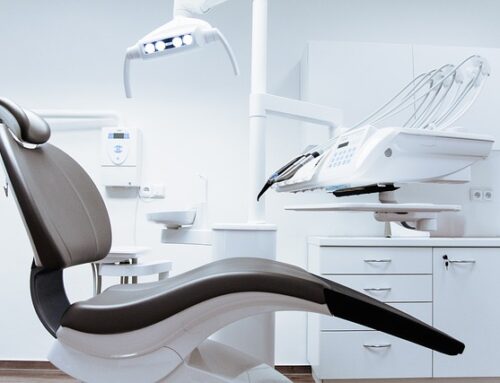When someone wakes up with a headache, they may often assume it is because of their sleep schedule, or lack thereof. It might also be assumed that it is from the glass of wine they had the night before or the constant stress they are experiencing. However, a headache can be a symptom of another issue: temporomandibular joint (TMJ) disorder (TMD).
The background
There are estimates that more than 10 million Americans suffer from TMD, according to the National Institute of Dental and Craniofacial Research. This group of conditions cause pain and dysfunction in the jaw joint and muscles that control the movement of the jaw.
Some of the typically reported symptoms include locking of the joint, tenderness of the jaw and pain while chewing. Yet, headaches are often the less obvious ailment that people describe with TMD.
The connection
Knowing this, what is the connection between the jaw and the head? When a person’s jaw is not functioning properly, it can cause strain and fatigue in the muscles of the jaw. In turn, this can lead to secondary muscles and nerves of the head. This is because these structures are not meant to maintain the additional strain of the jaw. As a result, it can create a vague pain of the head that can resemble a headache.
It can be difficult to pinpoint this cause of the headache, which is why it is important for dentists to remain knowledgeable about TMD and this connection. Contact my office to learn more about TMD, the connection to headaches and how to help your patients find relief.





